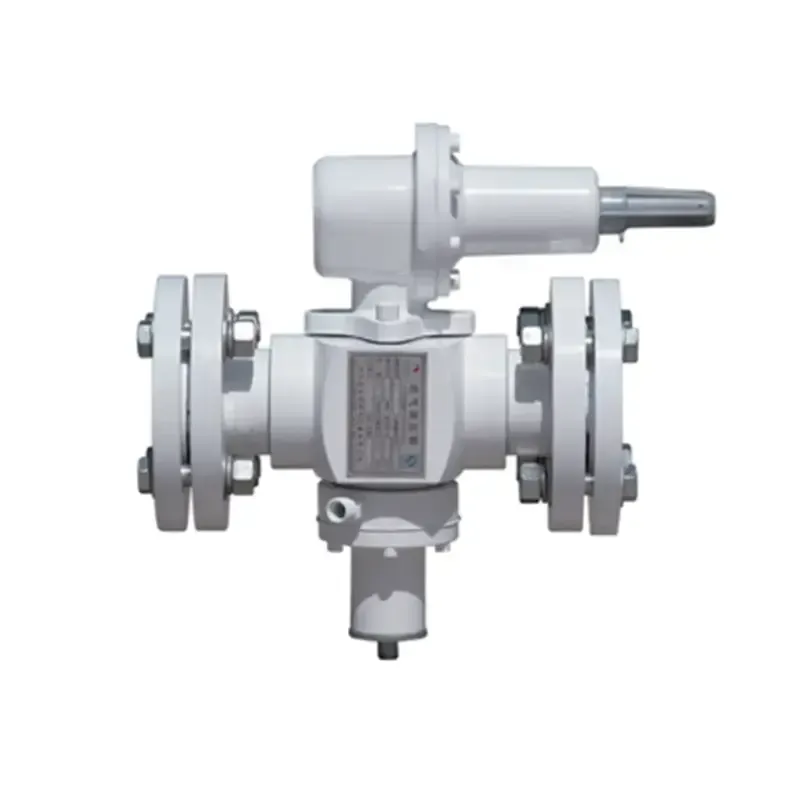
Nov . 06, 2024 18:44
Back to list
Gas Valve Operation and Safety in Residential Systems
Understanding Gas Valves The Unsung Heroes of Gas Systems
Gas valves are crucial components in any gas distribution system, whether used in residential, commercial, or industrial applications. They are responsible for controlling the flow of gas, ensuring safety, and optimizing efficiency in gas utilization. Understanding the function and importance of gas valves can help in making informed decisions when it comes to installing, maintaining, or troubleshooting gas systems.
What is a Gas Valve?
A gas valve is a mechanical device designed to regulate the flow of gas through a piping system. It can either allow or restrict gas flow based on the requirements of the system. Gas valves come in various designs and sizes and function on different principles, including manual operation, automatic control, and electrical or pneumatic actuation. Common types of gas valves include shut-off valves, pressure relief valves, control valves, and safety valves.
Importance of Gas Valves
1. Safety One of the primary functions of gas valves is to ensure safety in gas systems. They can quickly shut off the gas supply in case of leaks or emergencies, preventing potential disasters such as explosions or fires. Safety valves are specifically designed to release excess pressure in the system, protecting pipes and equipment from damage.
2. Control Gas valves are essential for regulating the flow of gas to appliances, heating systems, and industrial processes. By adjusting the valve position, operators can control the amount of gas flowing into a system, ensuring it operates efficiently and effectively. For instance, in residential heating systems, gas valves adjust the flow to maintain desired temperatures.
.
Types of Gas Valves
صمام الغاز

1. Shut-Off Valves As the name suggests, these valves are used to turn the gas flow on or off. They are typically installed in gas lines to allow for maintenance or emergency shutdowns.
2. Control Valves These are used to regulate the flow and pressure of gas in a system. They can be manually operated or controlled through automated systems, offering precise control over gas delivery.
3. Safety Valves These valves automatically release gas when the pressure exceeds a predetermined limit, preventing potential hazards associated with overpressure scenarios.
4. Pressure Relief Valves These are designed to release excess pressure from a system to protect equipment from potential failure. They play a crucial role in maintaining safe operational pressures.
Maintenance and Inspection
Regular maintenance and inspection of gas valves are vital to ensure their proper functioning. Gas valves can deteriorate over time due to wear and tear, corrosion, or the buildup of debris. Periodic checks should include visual inspections for leaks, testing the operation of shut-off mechanisms, and verifying that safety features are functioning as intended.
Conclusion
Gas valves might be considered the unsung heroes of gas systems, yet their importance cannot be overstated. They are integral to the safe and efficient operation of gas installations. By understanding the various types of gas valves, their functions, and the importance of regular maintenance, stakeholders can help ensure the reliability and safety of gas systems. Whether for heating, cooking, or industrial processes, gas valves play a pivotal role in how we utilize gas safely and efficiently in our everyday lives.
Next:
Latest news
-
Safety Valve Spring-Loaded Design Overpressure ProtectionNewsJul.25,2025
-
Precision Voltage Regulator AC5 Accuracy Grade PerformanceNewsJul.25,2025
-
Natural Gas Pressure Regulating Skid Industrial Pipeline ApplicationsNewsJul.25,2025
-
Natural Gas Filter Stainless Steel Mesh Element DesignNewsJul.25,2025
-
Gas Pressure Regulator Valve Direct-Acting Spring-Loaded DesignNewsJul.25,2025
-
Decompression Equipment Multi-Stage Heat Exchange System DesignNewsJul.25,2025

